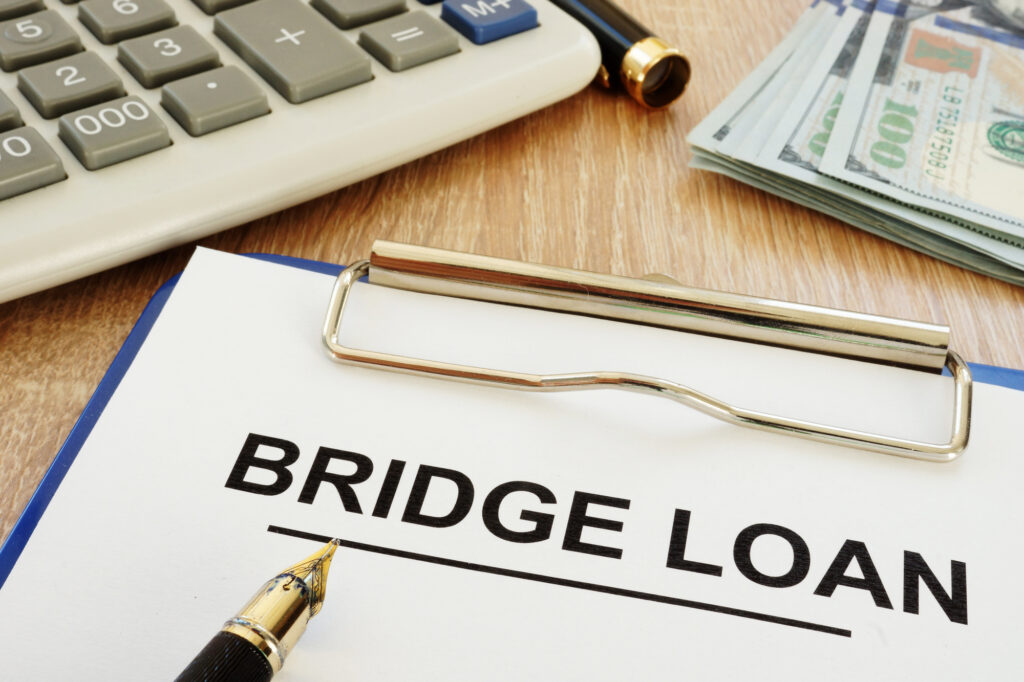7 Secrets About Bridge Loans You Should Know
Have you ever had to buy a house while trying to sell your current home? It can sometimes be a little tricky.
Getting a bridge loan might come to mind when you’re without the sales proceeds from your home to buy a new home. When you fall in love with a home and can’t wait, what types of loans can help?
Are you wondering if bridge loan options are right for you? Keep reading to learn seven secrets about bridge loans you should know before you apply for one.
1. How It Works
A bridge loan is money that you get from a lender to pay off your current mortgage. You have a few months or up to a year to pay it back. Depending on the loan information, you might make monthly payments or pay upfront and back-end lump-sum interest payments.
2. Bridge Loans Can Be Risky
When you get a bridge loan, you can’t be sure that the person buying your house will get the needed funding. If their funding falls through, your bridge will “collapse”!
Lenders are careful in regards to approving this type of loan because they were very prevalent before the housing crisis of 2007 and 2008.
3. Rarely an Option
The odds of getting approved for a bridge loan are very slim. A lot of financial planners don’t recommend them but others see them as a viable option when the housing market is prospering.
4. Who Should Apply?
A good candidate has great credit and has had a recent, sustainable increase in their personal income. The loans are also good for people who are building a new home while they wait to sell their existing home.
5. Who Shouldn’t Apply?
If your credit is bad and your income will not allow you to carry more than one mortgage for more than six to 12 months, a bridge loan is not for you.
6. Fees Involved
The fees involved are the same as they are for a standard home loan. You have an application fee which is usually around $600. There are no fees for paying off the loan quickly.
7. Interest Rate
If you don’t sell the property within the bridging period, some lenders will charge a higher interest rate. You may also have to start paying principal and interest on the peak debt in order to service both loans.
Do you want to know more about bridge loans? Learn how to use them as a tool to invest in more properties and build your property portfolio.
Bridge Loans: A Great Option When You Need It
Now that you know the secrets about bridge loans, are you considering applying for one? Getting into debt, no matter the vehicle you use to get there, is something to take seriously. You’ll want to speak to a lender or mortgage broker who can advise you and help you make the right choice for your situation.
Be sure to bookmark our site for easy access to more real estate topics. From advice for home sellers to real estate investors to home buyers, we have you covered.
